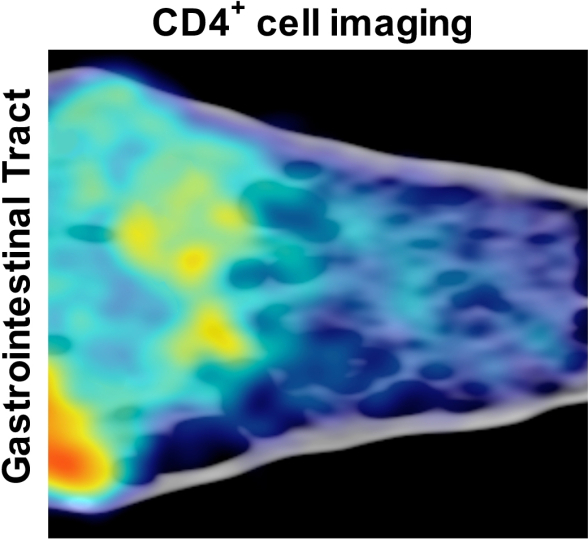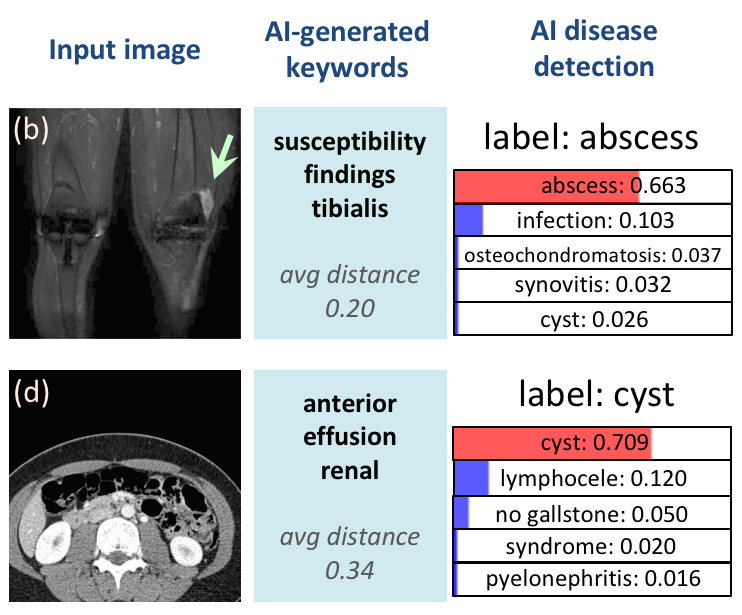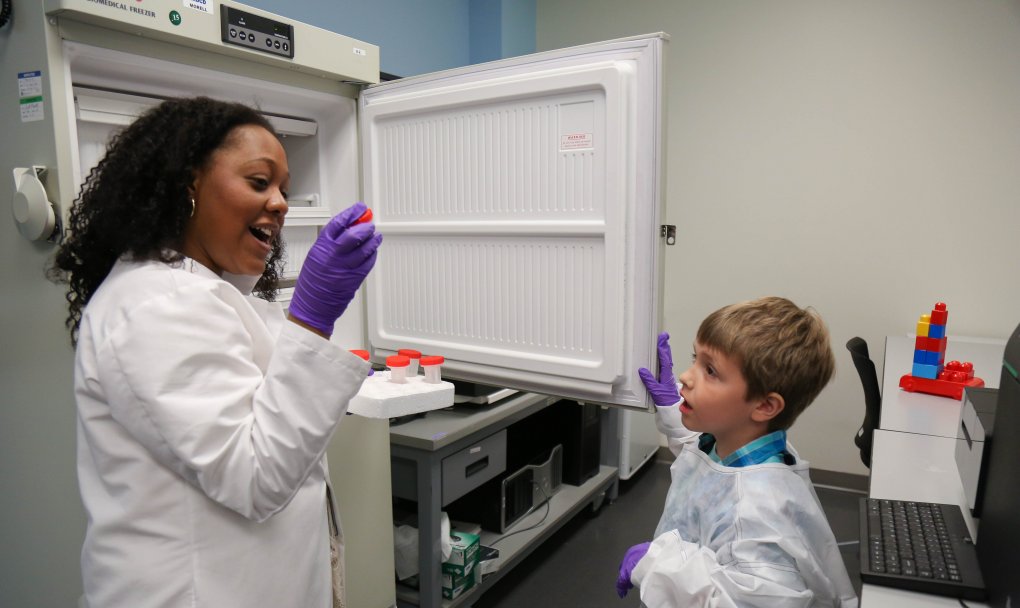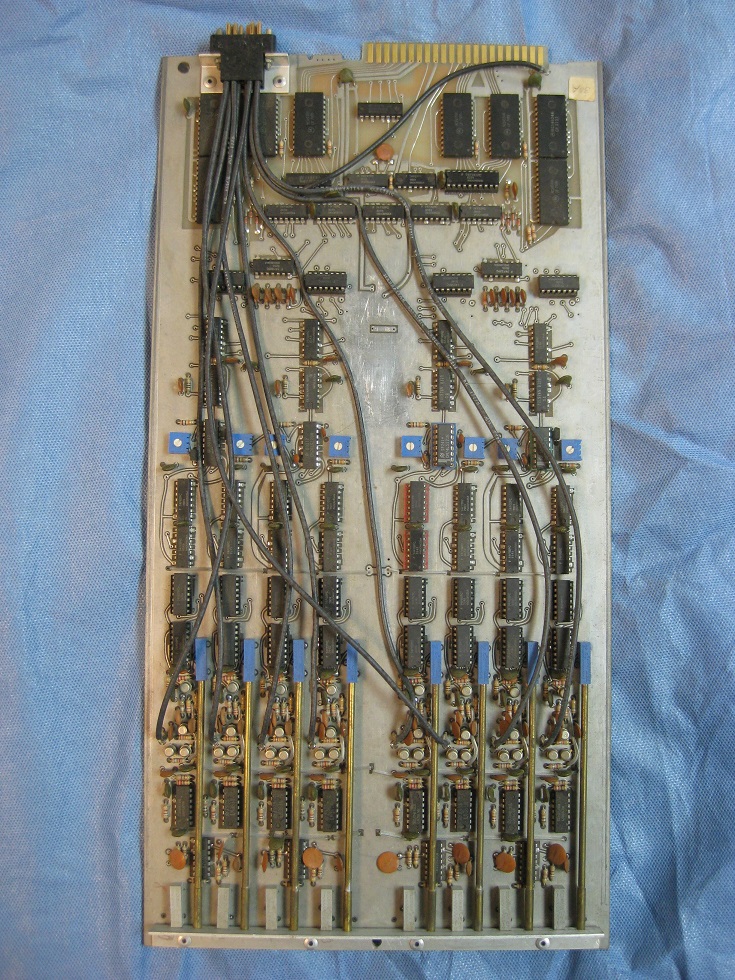Studying ADHD from Genes to the Brain Connectome
Contributed by an NIH clinical trial participant.
My 8-year-old nephew Luke has a sixth-grade reading level, while still in the third grade. Yet, he often struggles to finish his chores. He carries a timer in his backpack to keep himself on task. His school provides Luke with special assistance, including extra time for tests and repeated, detailed instruction. The challenges arise because Luke, like his mother Rebecca, has attention-deficit/hyperactivity disorder (ADHD).








